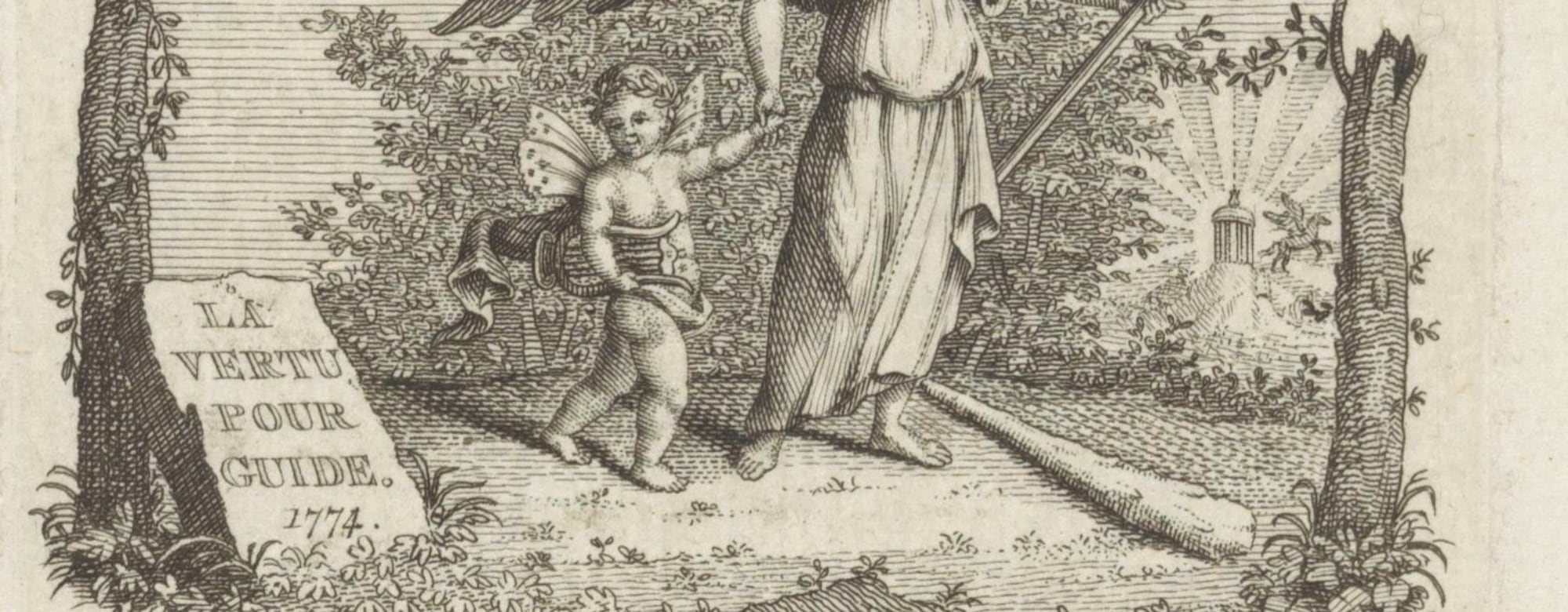This week, we launched our Guidelines for the Implementation of the DSM Directive. This is part of a series of blogposts dedicated to the various provisions analysed in our guidelines. Today we give a quick explanation of the mandatory exception for preservation of cultural heritage contained in the new Copyright Directive.
For a detailed analysis, please read IFLA and Communia’s guide on Article 6, authored by Stephen Wyber.
What is at issue in Article 6?
While all countries have some provision allowing cultural heritage institutions to take copies of work for preservation purposes, too many do not allow for digitisation, or the safeguarding of born-digital works. Moreover, inconsistency and a lack of explicit permissions mean that collaboration between institutions is hard. Article 6 responds to these concerns, although leaves some questions.
Breaking down Article 6
What can be done? Copying
Who can make those uses? Cultural Heritage Institutions
What content can be used? Works and other subject matter protected by EU laws on copyright and related rights held in the permanent collections of institutions
For which purposes? Preservation
How many copies can be made? The required number
For free or paid? For free
Can the institutions ask others to carry out preservation copying on their behalf? Yes (on a simple contractual basis, or through a preservation network)
How to deal with Article 6?
Implement article 6. In countries where there is no political willingness to take full advantage of the policy space that is available under the existing EU laws, but only to do what is requested by article 6, one should advocate for the best possible implementation of article 6. This is a version that respects the conditions required by the EU lawmakers and ensures that cultural heritage institutions can pursue their preservation mission using the most appropriate tools and partners or service providers, and for as many of the works they hold as possible:
- Introduce an expansive definition of works in the permanent collection;
- Ensure no restrictions on tools, media, formats or partners;
- Introduce an open-ended list of activities included under the rubric of ‘preservation purposes’.
Move beyond article 6. If they wish, Member States can adopt or maintain in force preservation exceptions that are broader in scope than article 6 and yet are compatible with EU law. The ideal scenario for preservation would be to improve on both the existing preservation exceptions in each country, and those in the Directive itself, by:
- Ensuring that cultural heritage institutions are able to take preservation copies of works to which they have access on third-party servers,
- Including other internal uses by these institutions, and
- Allowing web harvesting.

